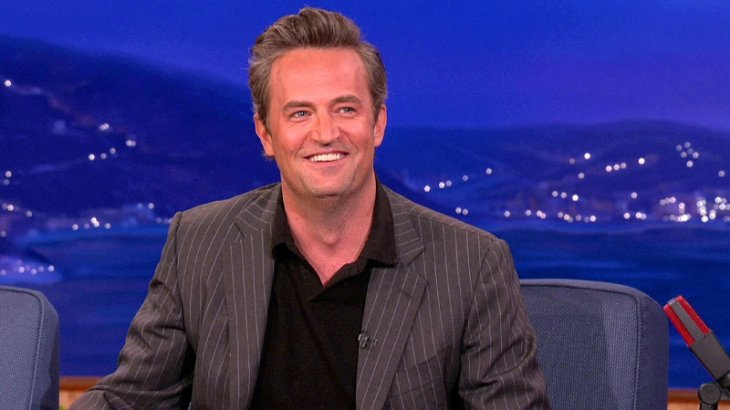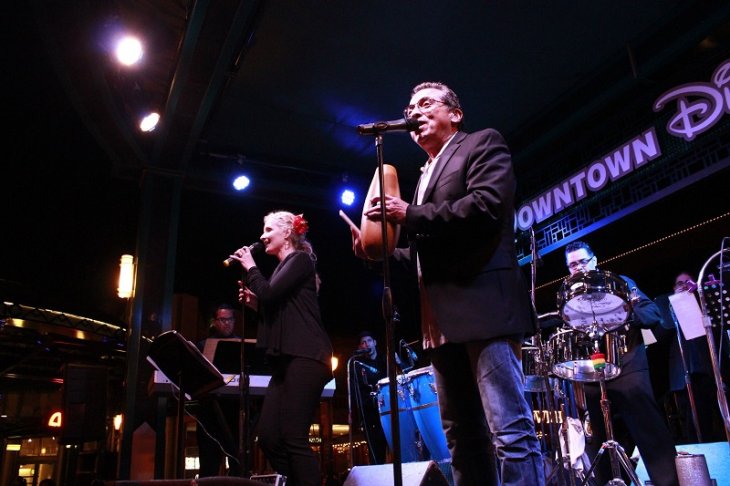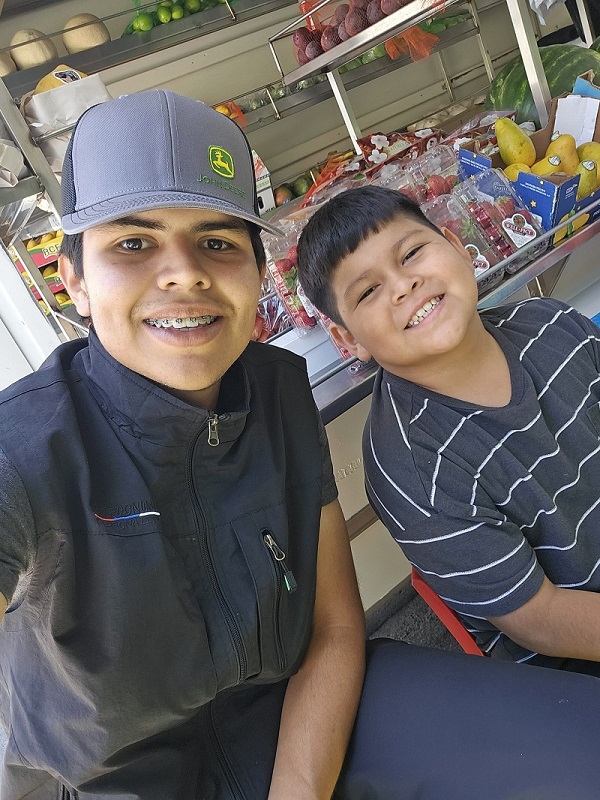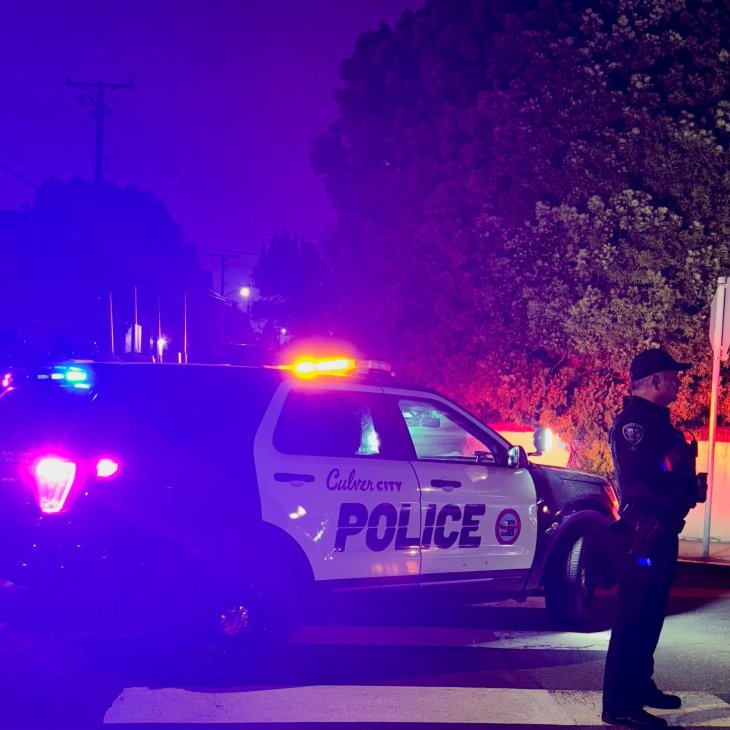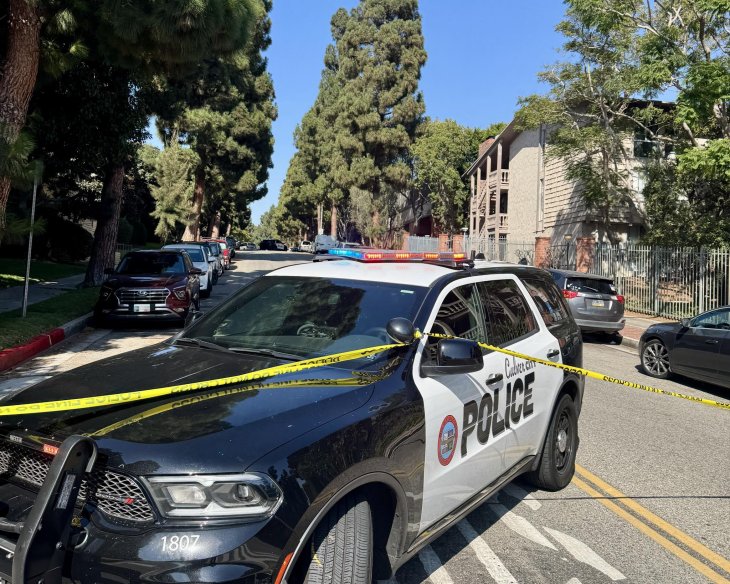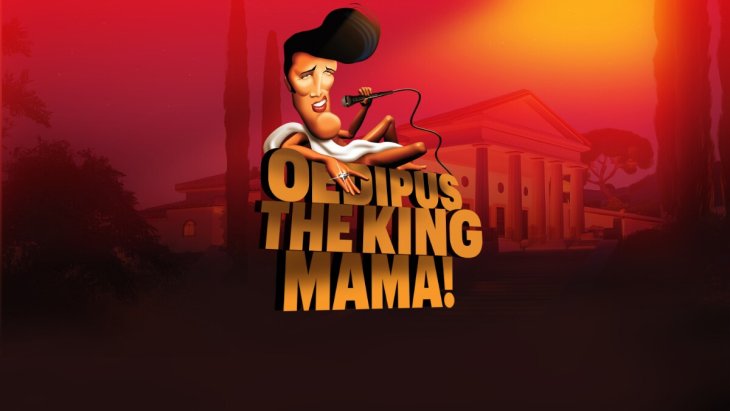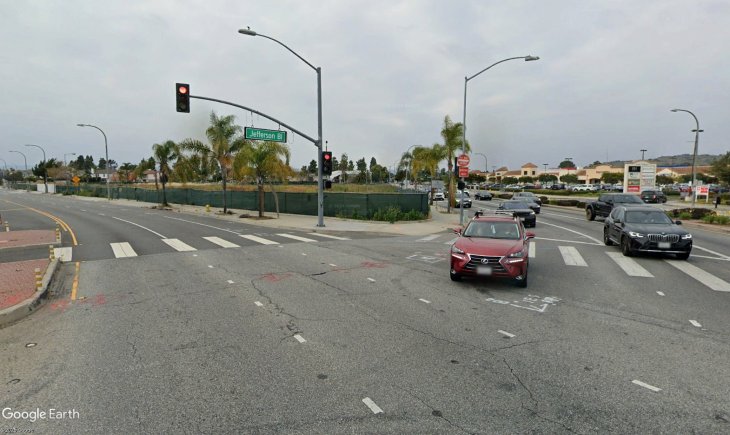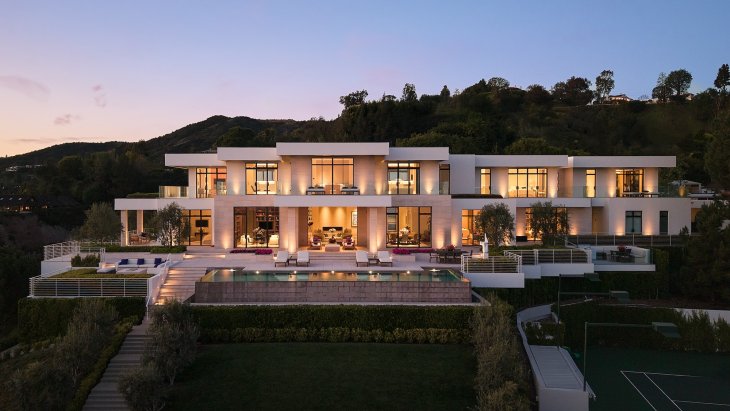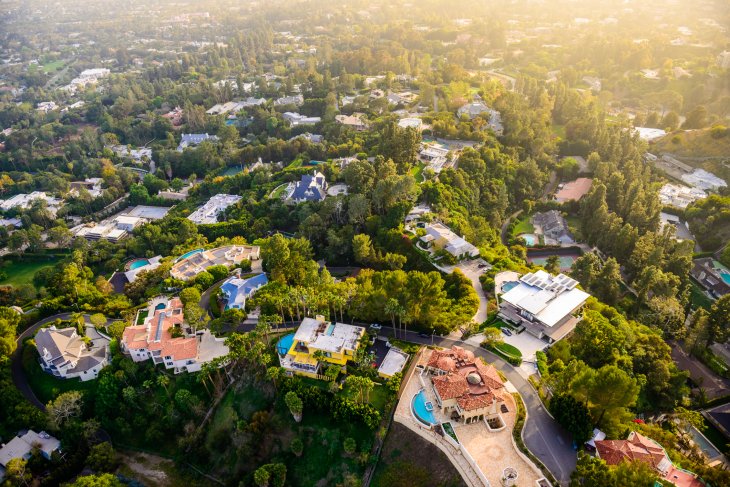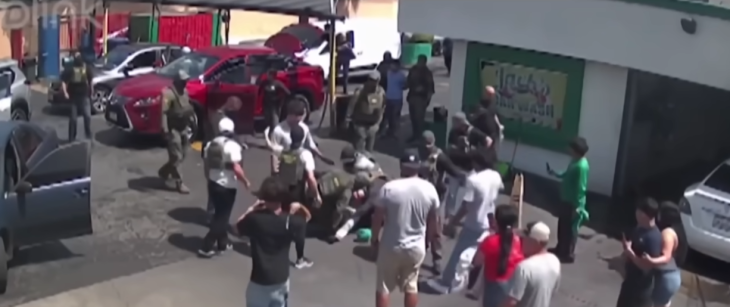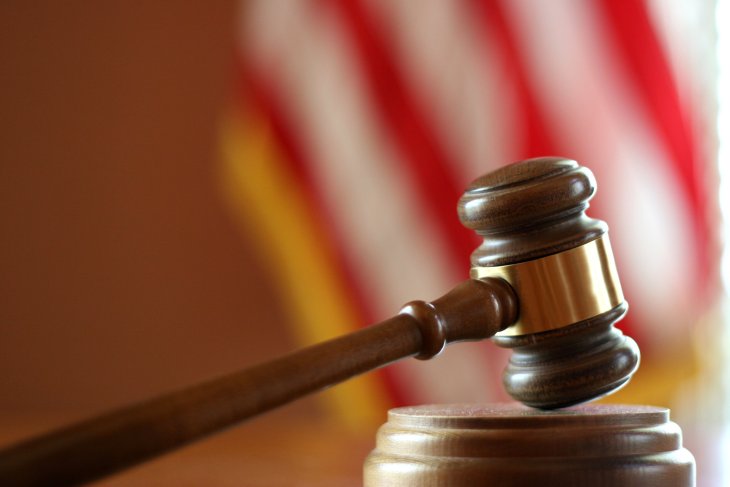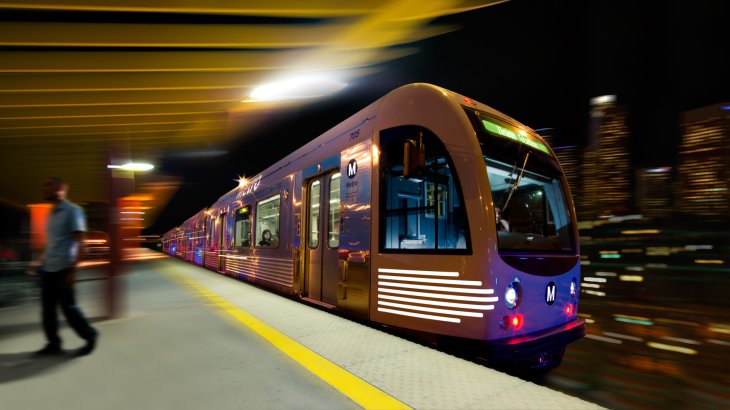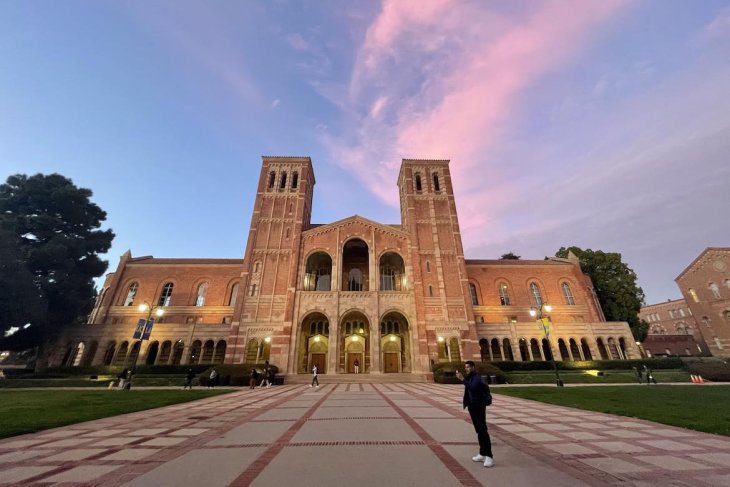The Los Angeles City Council today extended for six months a 2012 deal with AEG in which the developer agreed to secure an NFL team for Los Angeles, build a football stadium and help expand the Los Angeles Convention Center.
With the original pact expiring on Saturday, the company has yet to get a National Football League franchise to agree to move to the city.
The council approved a six-month extension without discussion.
AEG executive Ted Fikre told Economic Development Committee members last week the company is “obviously disappointed that we have been unable to secure an NFL commitment today,” but they are still “committed to the vision” of the 2012 agreement.
He said he could not guarantee the city a team, but said there were “a lot of variables at play,” involving the league and “one or more teams.”
“What we can say is, we’ve made progress in recent months, with the renewed dialogue with the NFL, that it was encouraging enough to us that we felt it was worth taking some more time to continue the effort,” Fikre said.
Fikre said the NFL appears to be more interested in relocating a team than creating a new one to play in Los Angeles.
As part of its extension request, AEG also agreed to foot the $750,000 bill for “Plan B,” in case they fail to secure a football team. The money would fund a design competition that would result in six concepts for expanding the Los Angeles Convention Center and to pay the costs of conducting environmental studies of the designs.
Fikre said that while they are working with the city on the back-up plan, their “first choice” was to build the football stadium.
City Administrative Officer Miguel Santana also said “the preferred choice” is still to continue with the original 2012 agreement to create a home for a Los Angeles football team, and using the revenue generated from the stadium to pay for two-thirds of the cost of improving the Convention Center.
The “Plan A” agreement includes AEG “taxing themselves of L.A. Live to generate some of the revenue necessary” to build the stadium, he said.
`There’s no public subsidy whatsoever of the stadium itself,” Santana said. “And people find that hard to believe, but actually not a single penny of public money will be going to build a stadium if we move forward.”

